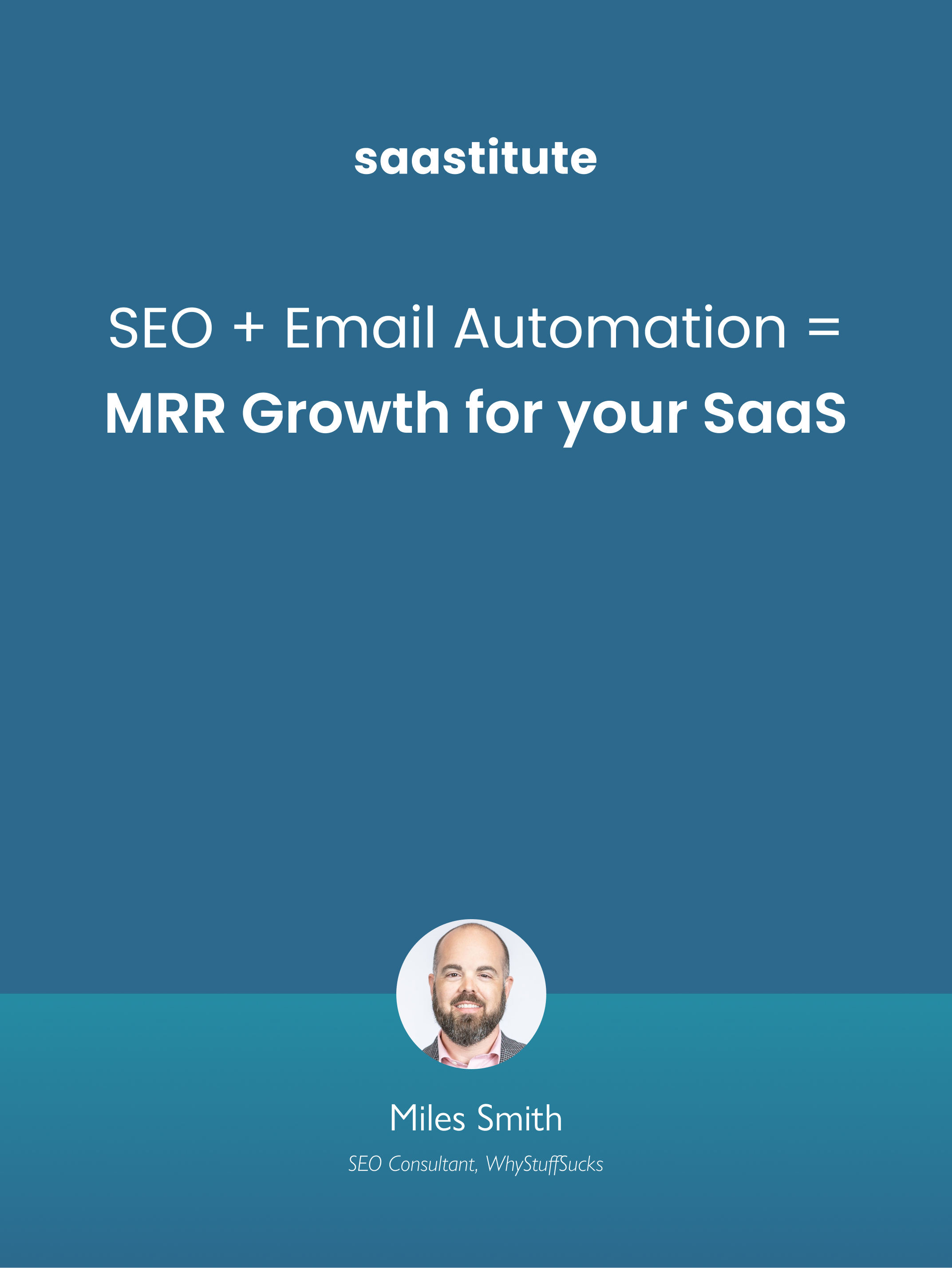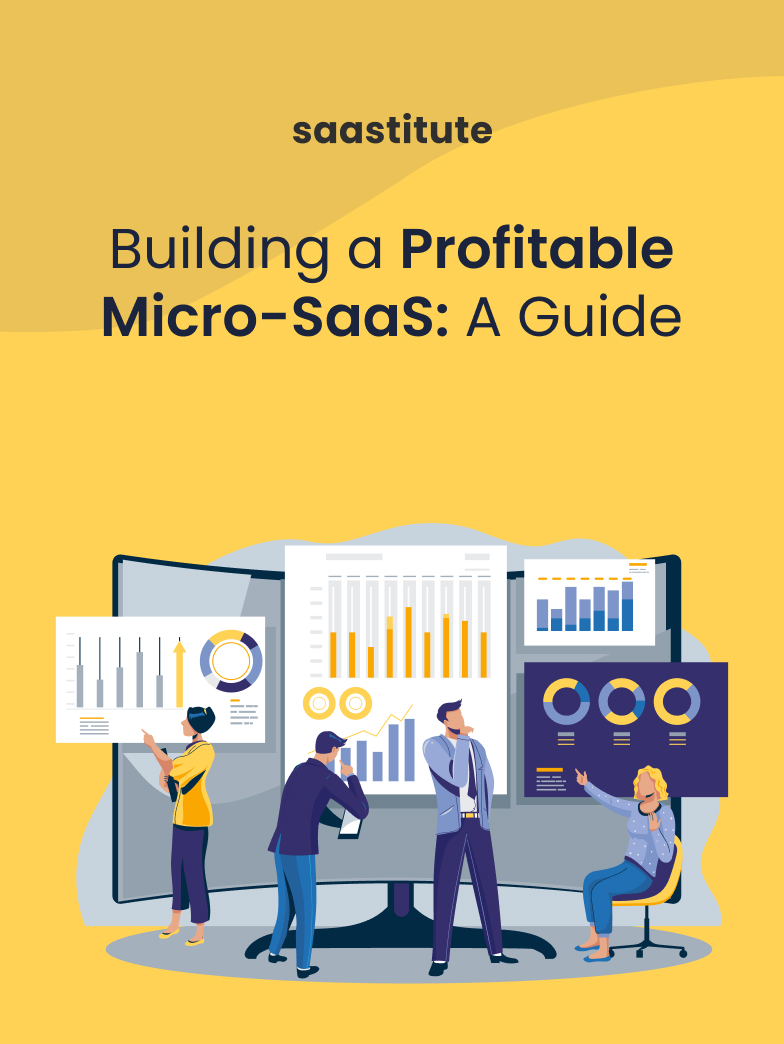Product Led Growth and How COVID-19 Affected It
Products have been used as a means to earn revenue and grow one's business ever since the barter times. With the technological advancements of the 21st century and everything shifting to the cloud, here’s how SaaS companies made the most of Product Led Growth strategy.

What is Product Led Growth strategy?
Product Led Growth or PLG, is a business strategy where the acquisition, expansion, conversion and retention of the user is mainly driven by the product the company offers. All the teams of the company are oriented around the product. SaaS companies design their products and business strategy with the end-user in mind. The ease of use of the product and customer satisfaction are of the utmost importance.
How does PLG SaaS put users in the front seat?
SaaS companies that opt for a PLG are primarily focused on designing their product in an easy to use manner, with little to no effort needed from the user’s end. Companies can spend a lot more of their resources on research and development to make their products user friendly. In other words, the customer is at the centre of the development process.
As Tope Awotona, CEO of Calendly, a cloud-based calendar app puts it, “Designing for end-users is really understanding what they do—and it’s also truly understanding who you serve.” Opting for a PLG strategy doesn’t mean you don’t need a marketing and sales team. These teams need to strategize their marketing campaigns around the freemium model.
How Freemium changed the playing ground
Freemium is when a company offers their product’s basic features for an unlimited period, with the hope of providing the user with
If companies choose to tread this path, it involves them providing users with a ready-to-use consumer-grade product for no charge at all. While this might sound like a bang-on deal, some advanced functionality is reserved only for paying “premium” or “pro” users.
If you’ve paid to use Slack, Dropbox, Spotify or Hotstar (yes, if you’re still using your friend’s account, that counts too), you’ve unconsciously been part of the freemium business strategy.
These platforms usually have different approaches to freemium, Spotify opting for the worst option of interrupting your music for three 30 seconds ads back to back talking about how annoying music interruptions are. Spotify isn’t a stranger to irony.
Slack on the other hand provides limited storage, limited search options and lesser app integrations available on the get-go. The companies hope to attract new a customer market market and if they feel the need to upgrade to a better functionality, the users have to pay.
Another business strategy is a free trial, which can be thought of as a distant sibling of freemium. Users are granted full product functionality but only for a short period such as a week or 14 days.
How COVID-19 affected PLG
When the COVID-19 pandemic broke out and the world was under lockdown, companies had to adapt to send all their employees at home and still have the company functional. This process was a sudden shift in the momentum of how things were for decades. But it didn’t seem to affect SaaS companies that worked on the cloud all that much.

2020, despite being an unproductive year for a lot of people, was a booming year for public PLG companies. The market cap of PLG SaaS companies more than tripled from the previous year. The 2019 market cap of public PLG companies was $211 billion. In 2020 however, that figure touched $687 billion.
According to a study by OpenView, 21% of SaaS companies reported the pandemic having a positive impact on their business. the highest affected slab was the -10% to -24% impact with 34% of companies reporting so.
The Forbes Cloud 100 is a list of the most valuable companies to watch out for. When this was started in 2016, PLG companies only took up 30% of the total list. But by 2021, this number rose to 70%, which shows the growing trend of PLG and how it remains undeterred even during the pandemic and continues to show a rapid growth through the toughest event of our lifetimes.
Benefits of Product Led Growth
Product Led SaaS companies enjoy a few benefits in the long run over sales led or marketing led companies. This is due to the unique business structure. Here are some of the benefits of the Product Led Growth business strategy.
1. Higher revenue per employee
As the product is the means of acquisition and upscaling, companies can save on huge amounts which would otherwise be spent on scaling and marketing. PLG SaaS companies usually approach their customer acquisition with a bottom-up approach, as the users are the centre of their business strategy.
2. Easier design process
PLG SaaS companies design their products with end-users in mind, the users and developers usually have an active back-and-forth relationship. Bugs encountered can be instantly reported with a crash log. Over multiple series of refinements, the product gets polished, making it user friendly and keeping the product design grounded with the user's needs.
3. Lower customer acquisition cost
As a PLG product also relies on word of mouth among users and their community, companies spend significantly lesser on customer acquisition costs. Slack, an instant messaging app with a plethora of features, has plans which are priced on a per user basis. This increases the revenue significantly as Slack is aimed towards small and small-medium sized organizations. This involves multiple users signing up at once, therefore cutting down marketing costs and lowering customer acquisition costs.
4. Increased retention
As the PLG SaaS companies know who their audience is, their sales team can find better-suited leads. The success of the product relies on its user-friendliness and having customers who stay with the product for a longer period. Long term users get familiar with the product and integrate it into their workflow.
5. Faster scaling
As companies tap into a new market and entice prospective buyers with a freemium and free trial, the onboarding process begins instantly. Most products are designed to be easy to use, so new users don’t have to go through the hassle of reading the how-to to get a hang of the software. As freemium also allows users to pay whenever they feel like they need better functionality, users know what to expect.
To wrap it up...
Product-led growth is a significant shift in how businesses sell, promote, and develop products to meet the demands of their customers. You can produce a strong and sustained organic revenue growth by putting the client at the heart of the experience. Adopting a PLG plan takes time, effort, and money, but it may greatly boost your company's growth and increase key metrics like ARR, net dollar retention, and sales and marketing efficiency. Here’s an article talking more about the Top 10 SaaS Metrics to Track for your Business.














.svg)


